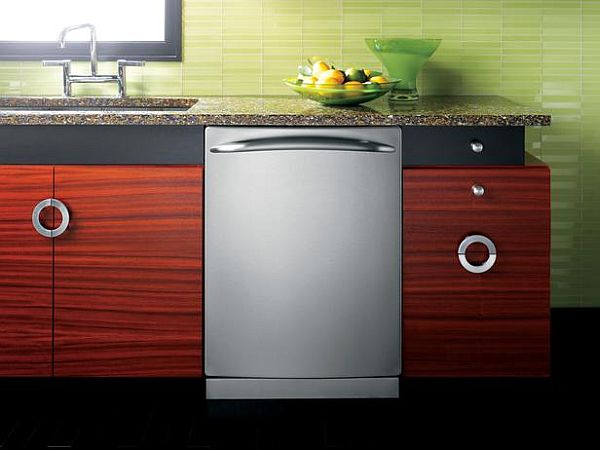Throwing food out from the refrigerator because it slowly went bad is an expensive and wasteful business that almost every household is guilty of. Hundreds of dollars of wasted food is needlessly dumped from peoples’ refrigerators every year into the waste bin.
Knowing how to keep your food fresher by storing it correctly in the refrigerator leads to less time spent circling packed parking lots and trundling along supermarket aisles, less money wasted on buying foods that you never eat and lastly less wastage of one resource that many parts of the world sorely lack.
What follows are 8 tips to ensure that your food is kept cooler and fresher for longer in refrigerators, saving you time, saving you money and generally making the world a less wasteful place.
#1 – Keep your pre-prepared foods, such as yogurts, cottage cheese and sauces on the top shelf. It’s the warmest place in the refrigerator which means these more durable items need to go here.
#2 – Last night’s pizza and whatever other cooked meats and leftovers you have should go on the shelf just below the top shelf. It’s always a good idea to store these foods in clear, glass sealed containers which are microwaveable – This way you can see the condition of the food inside and go from heating to eating without dirtying other dishes.
#3 – The coldest part of the fridge is the bottom shelf. This is where you are going to want to keep all your raw meats, fish and poultry. Make sure that they are securely wrapped to avoid the juices flowing out and contaminating other areas of your fridge with dangerous bacteria like Salmonella.
#4 – Fruit and veggies go in the crisper drawer right at the base of the fridge. If you’re on the market for a new fridge then look for one that features a humidity control for the salad crisper drawer – this way all those difficult-to-store produce such as broccoli, cucumber, lettuce and other leafy veggies are kept with just the right amount of moisture to stop them from wilting and going all soft and soggy.
After all, there is nothing worse than going into a salad crisper drawer like a coastguard rescue swimmer in order to pluck rotten fruit and veggies from a cesspit of decaying juices.
#5 – The refrigerator door is the most often used door in any household. This means that hot air is constantly flowing into the fridge whenever it is opened. It is the one area of the fridge that is particularly susceptible to temperature fluctuations so make sure you keep only eggs, condiments and lidded fruit juices there. Try not to store your milk here as it will inevitably spoil faster.
#6 – Apples with apples and oranges with oranges – when you store fruits and vegetables make sure to store like with like. Fruits and vegetables give off different gasses that when thrown together can cause more rapid deterioration.
#7 – Never leave food like tuna or tinned salmon in its can once opened. This is a surefire way to invite a nasty bout of food poisoning as the oxidation of the metal leaves the food more susceptible to going off faster. Instead, place them in a sealable container and make sure to eat them within a day or two after opening. Also, check these storage times from Foodsafety to make sure you eat healthy food.
#8 – Refrigerate leftovers within 2 hours after cooking and whatever you do don’t worry about placing a hot bowl of lasagna directly into the fridge for fears of upsetting the temperature balance and causing the other foods to spoil faster – Any decent refrigerator should be able to cope with the heat and cool it down quickly.
Find more tips on food storage by FDA here.
Article Submitted By Community Writer.





